HyperOS 2 is the second major version of Xiaomi's HyperOS software, and it's based on Google's latest Android 15 release. Here's what you need to know about it, including its changelog and when it'll roll out for your device.


Android 15 is slowly making its way to more and more devices. Late last month, Xiaomi started to roll out Android 15 to some of its devices, such as the Xiaomi 14T Pro pictured above. Xiaomi has heavily customized Android 15 before shipping it out to devices, though, which is why I decided to make this post highlighting the biggest changes in the update ahead of its arrival on most devices. Here's what you need to know about Xiaomi's HyperOS 2 update.
HyperOS 2 brings an updated look-and-feel, with Xiaomi highlighting a feature that uses AI to "analyze depth in user-selected videos frame by frame" to create "cinematic depth effects on lock screens." With a new "AIGC" feature, you can animate static wallpapers of cities, plants, and more.
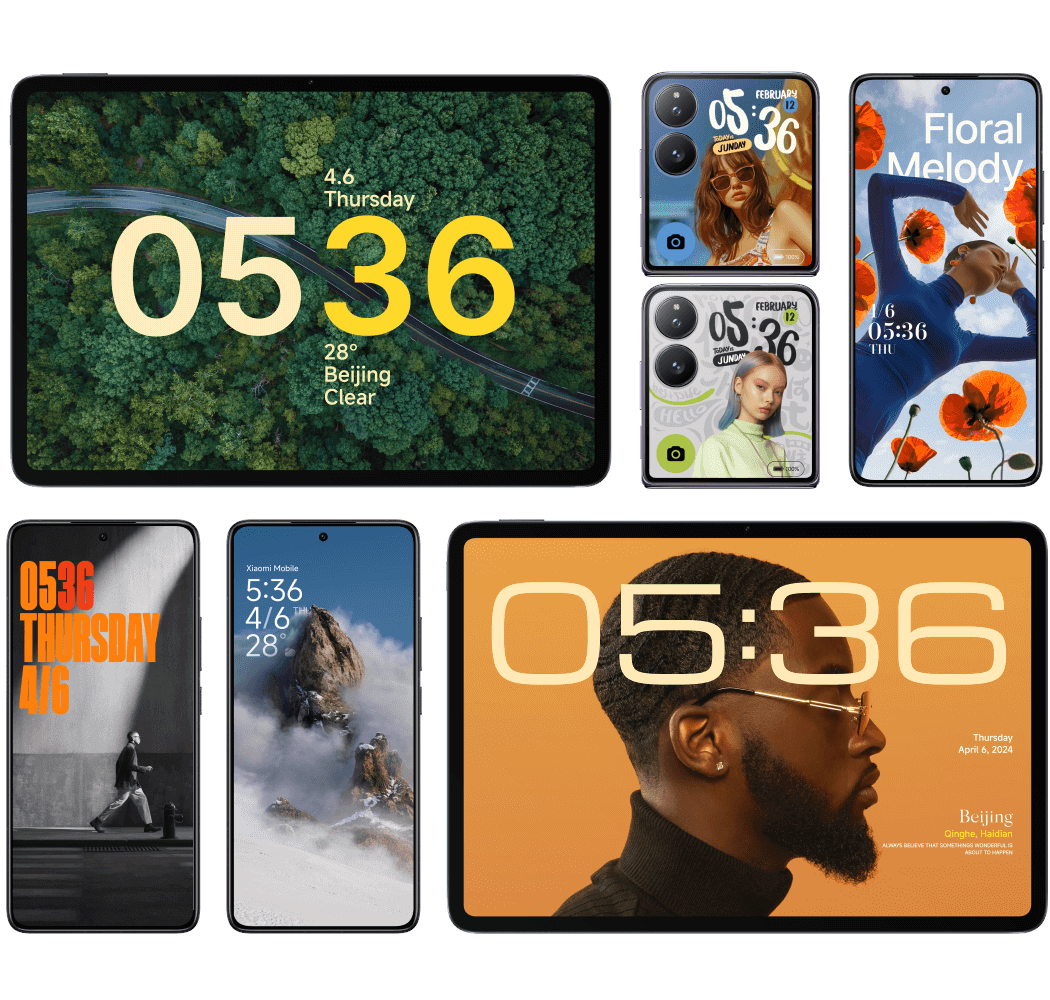
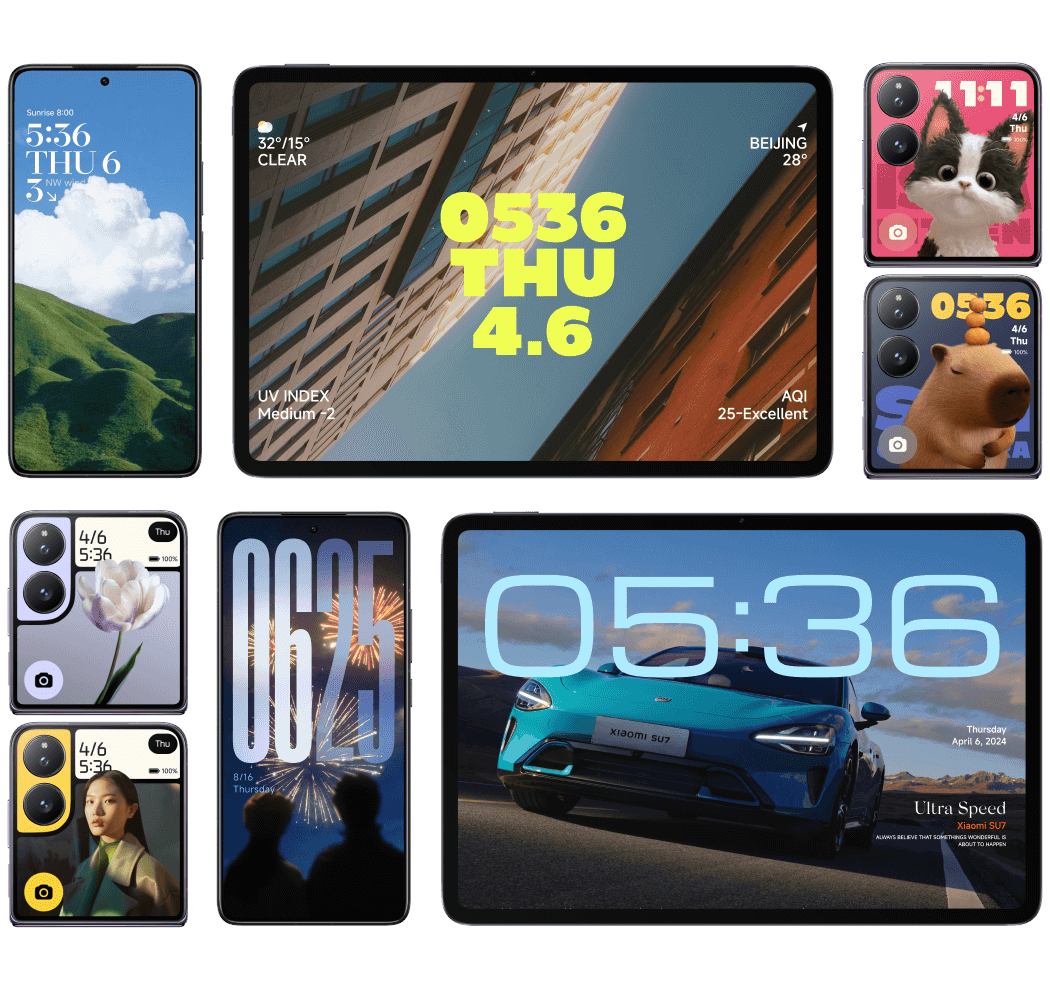
Updated lock screen aesthetics in Xiaomi's HyperOS 2 software. Image credits: Xiaomi.
HyperOS 2 also brings a "clean and refreshing visual experience," mainly by overhauling the UI in some of Xiaomi's stock applications.
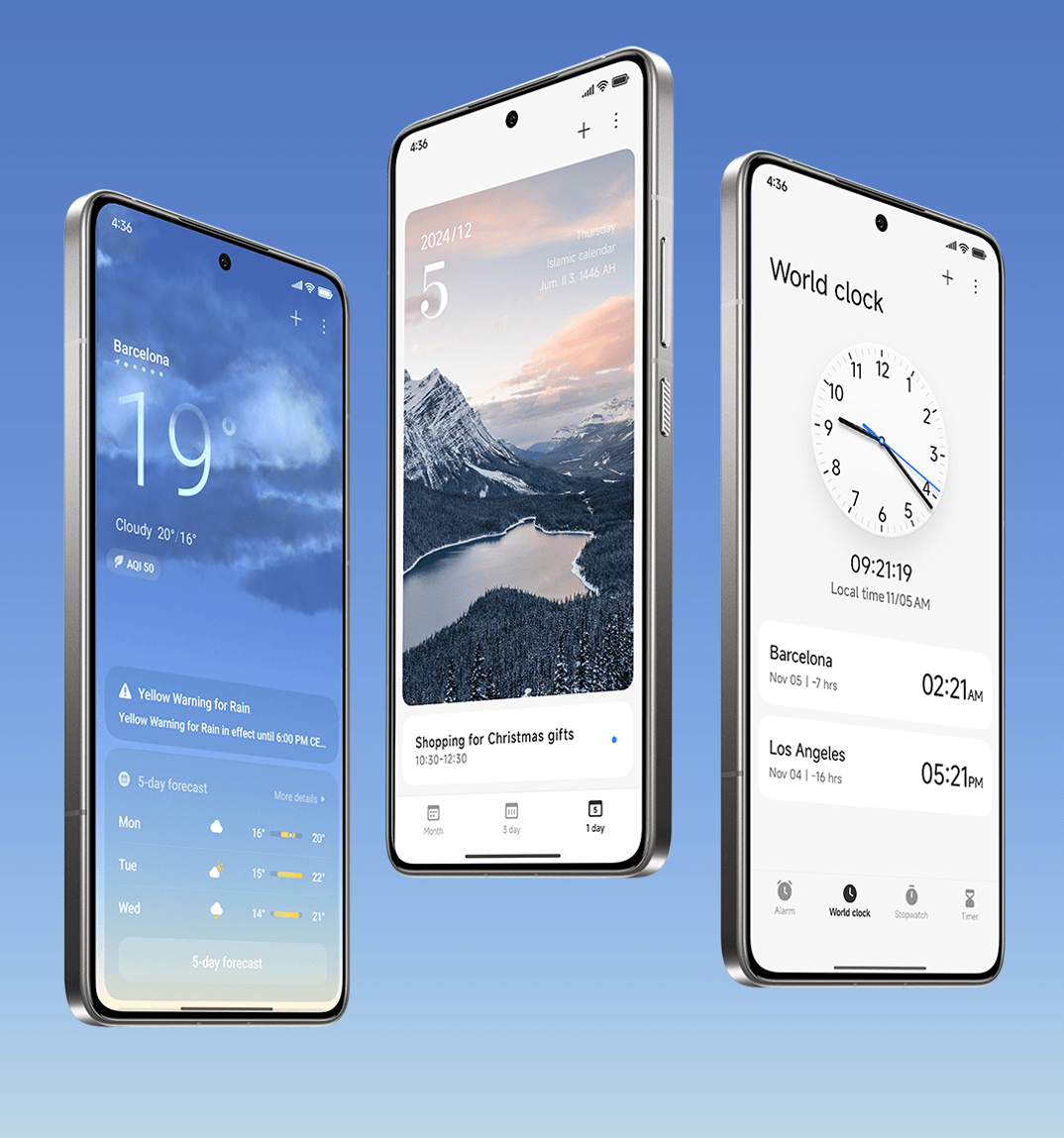
In particular, the weather app has a "realistic look powered by atmospheric models" as well as a "3D real-time dynamic weather system."
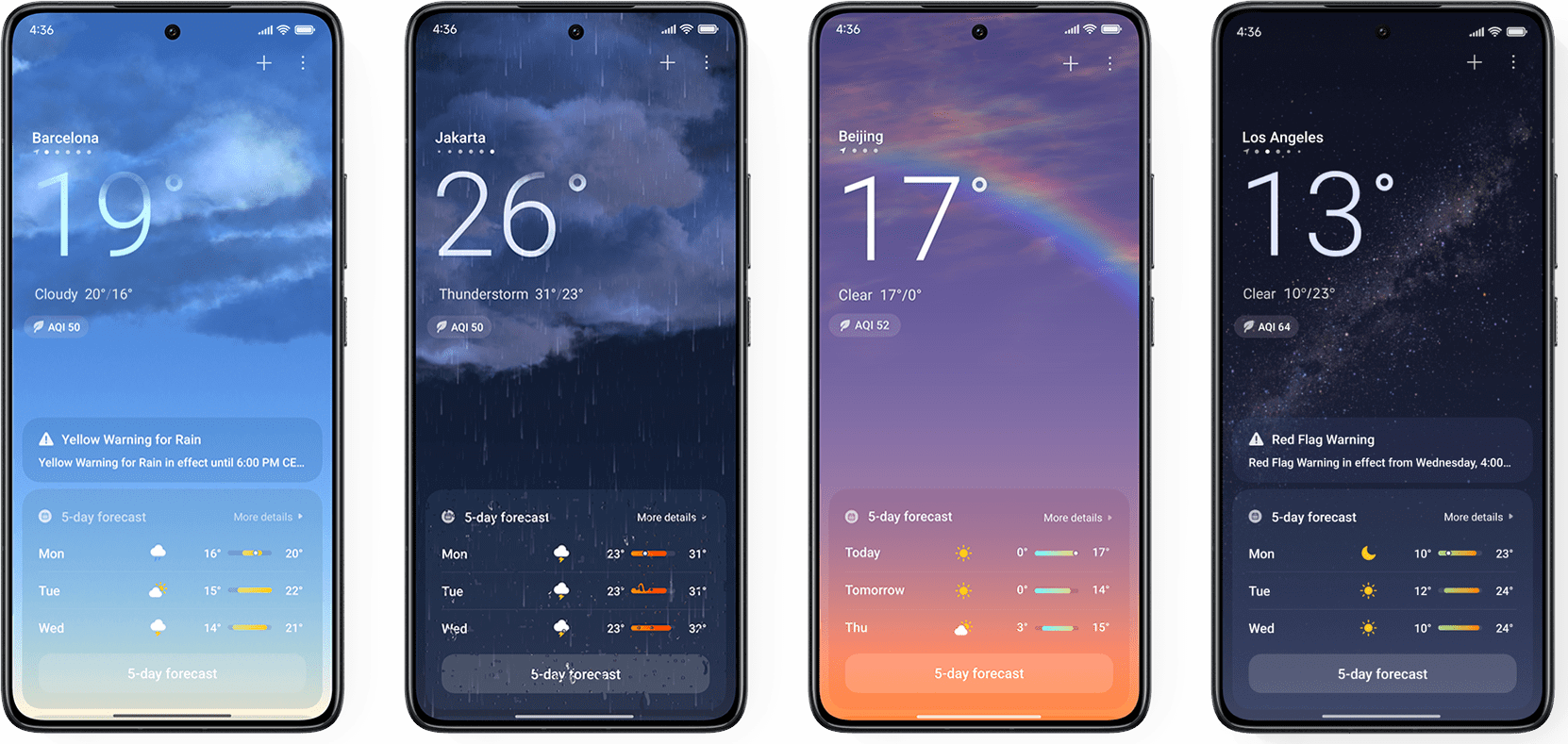
System animations have also been redone in HyperOS 2. The animation for the transition between the lock screen and the home screen now involves a fade in and a zoom, whereas the animation for pulling down the notification shade or Quick Settings panel involves a fly-in from the corner.
New system animations in Xiaomi HyperOS 2. Video credits: Xiaomi.
Xiaomi devices now work better together in HyperOS 2. With Home screen+ 2.0, you can seamlessly move apps from your Xiaomi phone to your Xiaomi tablet. You can even pin these apps on your tablet so you don't have to mirror your phone's screen every time.
Home screen+ 2.0 in Xiaomi's HyperOS 2 software. Video credits: Xiaomi.
Apps aren't the only thing that can be transferred from phone to tablet. With Call Sync, incoming phone calls now appear on your connected Xiaomi tablet as well so you'll never miss a call. And with Playback transfer, you can easily transfer music playback to nearby Xiaomi speakers.
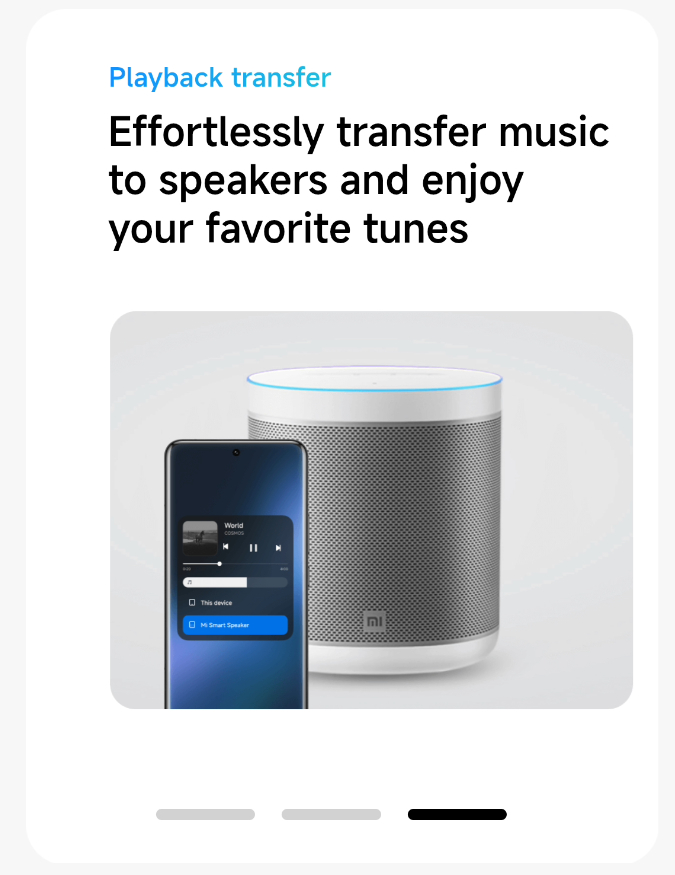
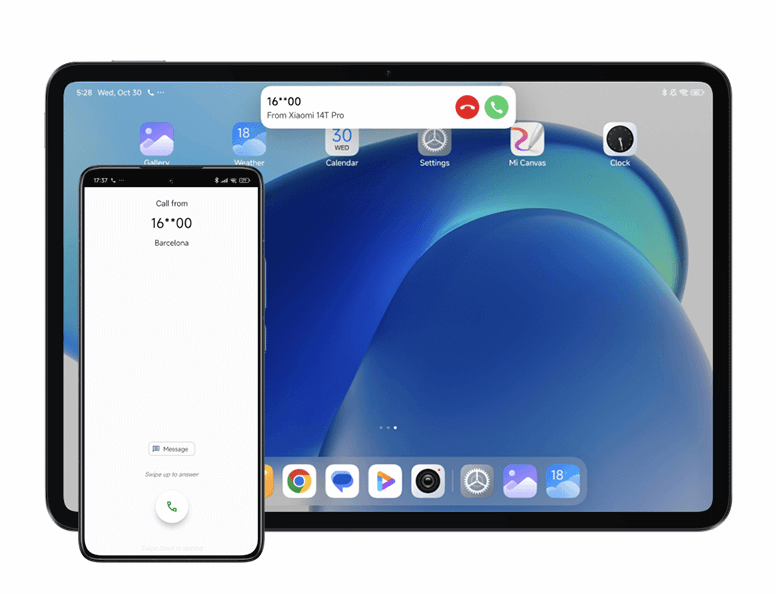
Playback transfer and call sync in Xiaomi HyperOS 2. Image credits: Xiaomi.
HyperOS 2 also enables "dual-camera streaming between Xiaomi tablets and phones." And if you install the new Xiaomi Interconnectivity Services app on your MacBook, you can browse files, share photos, and access Keynote, Pages, and Numbers files on your Xiaomi devices.
There are not only new Xiaomi Interconnectivity features in HyperOS 2 but also optimizations to make these features run faster and more reliably. Xiaomi says HyperOS 2 brings a 33% improvement in data transfer speeds, a 15% improvement in cross-screen sync rates, and a 71% reduction in cross-device power consumption.
If you use a Windows PC, then you'll enjoy greater interconnectivity with your Xiaomi phone following the HyperOS 2 update. This is because HyperOS 2 integrates Microsoft's Link to Windows app, enabling features like Instant Hotspot, app streaming, clipboard sync, and more. Technically, the Xiaomi 14T series already launched with the Link to Windows service preinstalled, but other Xiaomi devices will be getting this integration with HyperOS 2.
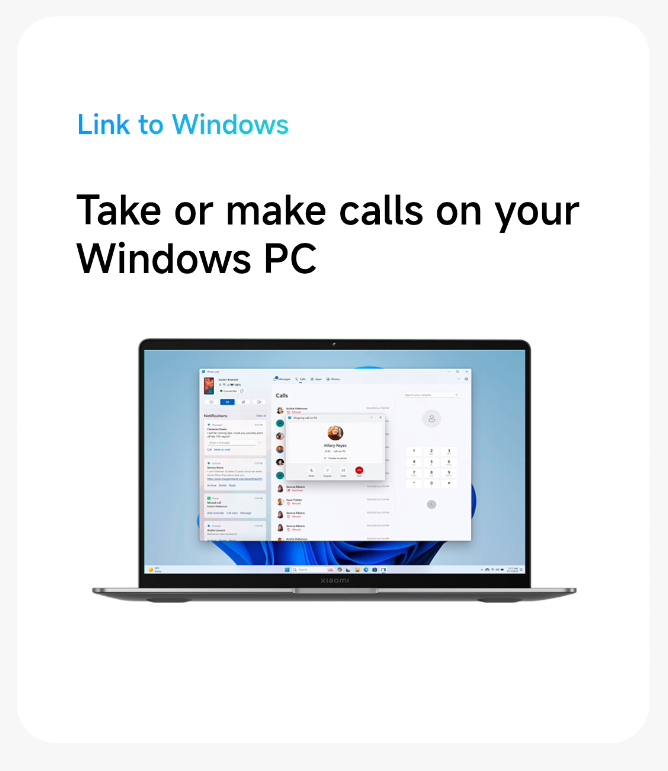
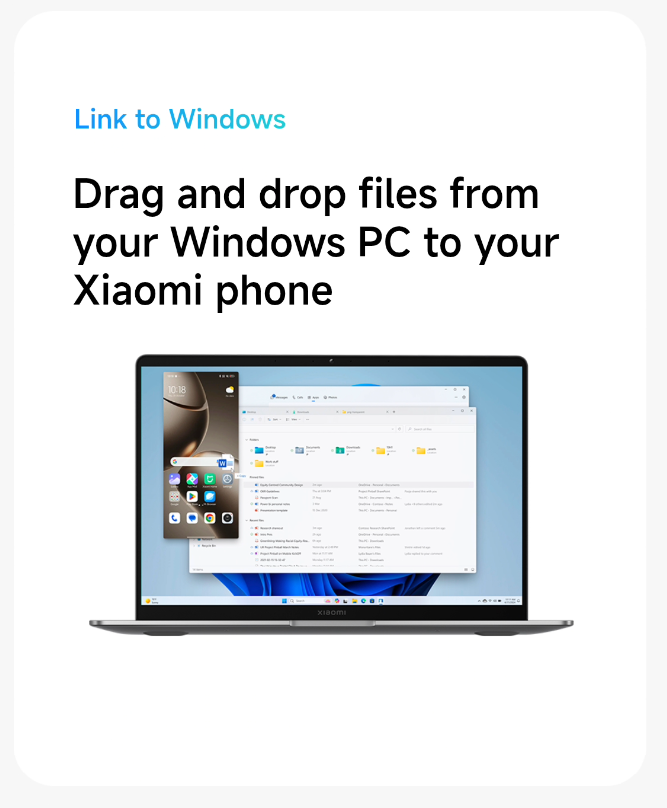
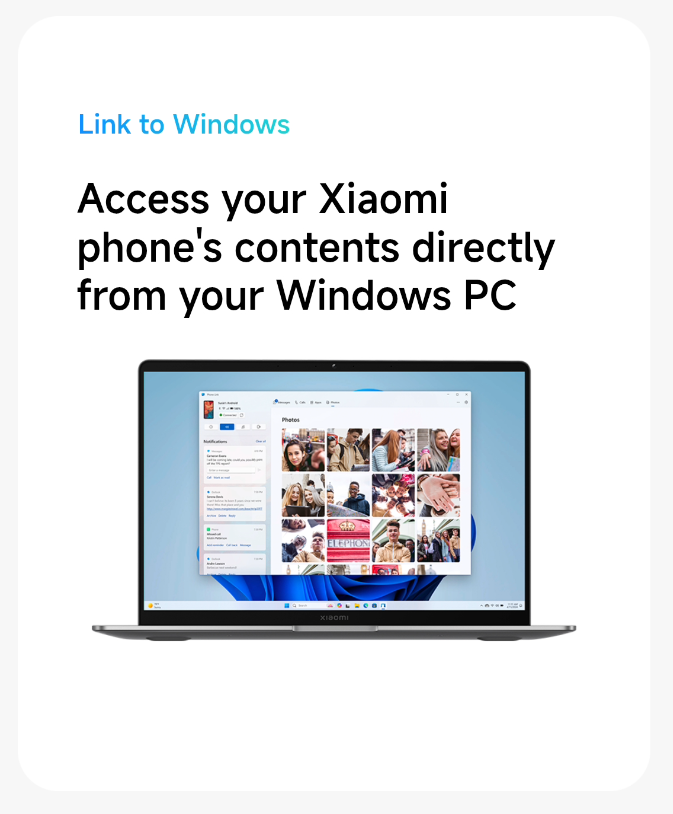
Link to Windows integration in Xiaomi's HyperOS 2 software. Image credits: Xiaomi.
In terms of new AI features, HyperOS 2 introduces a new AI writing feature to refine or expand text, improved AI sound recognition to transcribe or ID speakers in calls/meets/recordings for more accurate summaries, improved AI subtitles for real-time translations and interpretations, and a new AI Art feature on tablets to turn sketches into custom artwork.
Lastly, HyperOS 2 also introduces some under-the-hood performance improvements. The update brings an "in-house microarchitecture scheduler" that "analyzes instruction pipelines directly from the chip's architecture." By "optimizing task cycles and memory latency," it reduces CPU idle time by 19%.
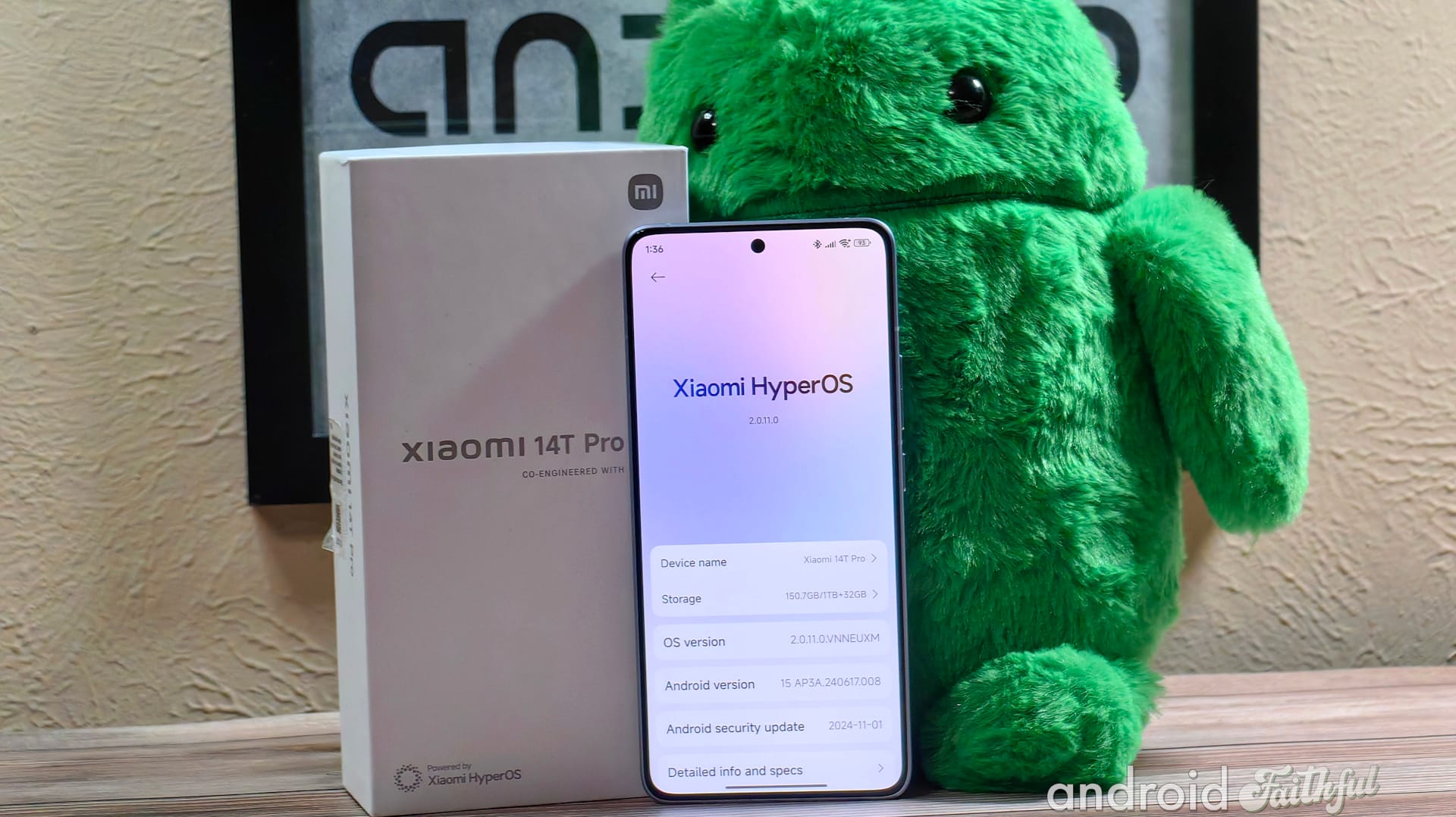
Here's the official release schedule for HyperOS 2, as provided by Xiaomi. Xiaomi is rolling out the update in two waves. The first wave began last month and covered the company's flagship phones, tablets, and smartwatches, whereas the second wave is ongoing and covers the remaining devices eligible to receive the initial release of HyperOS 2. Other devices eligible to receive the update will likely receive it at a later time, but Xiaomi has not confirmed its 2025 release schedule yet.